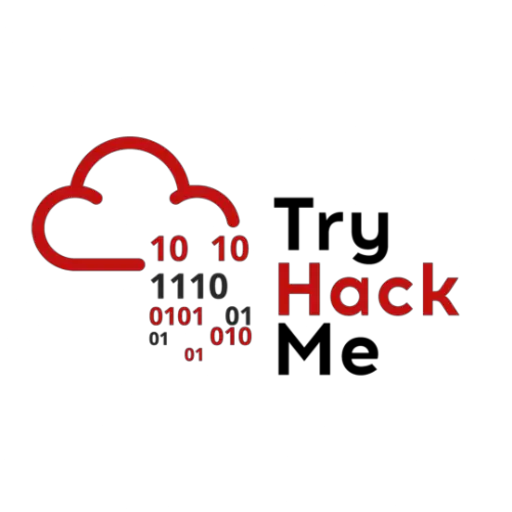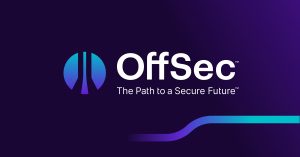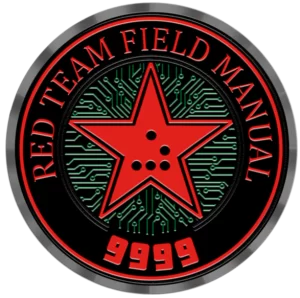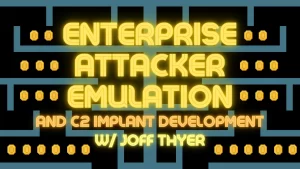
So you popped a shell, now what? Windows Post Exploitation focuses on four major components of any adversary simulation or red team exercise: enumeration, persistence, privilege escalation, and lateral movement. Each of these steps will be covered in detail with hands-on labs in a custom Active Directory environment. In addition, students will learn several modern techniques to minimize opportunities for detection. This course goes beyond teaching popular tactics, techniques, and procedures. Instead, students will learn how to covertly gather and leverage information about a target environment to achieve their objectives efficiently. A review of each post-ex capability will include discussion on the OPSEC implications and publicly documented detection recommendations. Open-source SIEM rules from Sigma and Elastic will be used as a starting point for avoiding alert generation. No technique is undetectable; the key is understanding an environment’s detection capabilities and choosing the best course of action.






 Enterprises have been working tirelessly to improve their security postures through defense-in-depth approaches. Offensive teams have also been putting in long hours of research into bypassing the latest EDR’s and defensive products that keep them on their toes. Long gone “hopefully” are the days of hurdling an HTA file laced with a download cradle at a mature organization with a “Free iPad” ruse and watching your screen fill with incoming agents. An offense-in-depth approach may be applied to offensive practitioner’s looking for success against organizations well-versed in defending a large enterprise. Today’s organizations have assets in multiple geo regions, networks, cloud services, border hosts, and many of them are tied to the internal network in some way. This course aims to help offensive practitioners successfully exercise their client environments from a multi-faceted approach using the latest TTPs blended with esoteric practices to gain the upper hand on your assessments.
Enterprises have been working tirelessly to improve their security postures through defense-in-depth approaches. Offensive teams have also been putting in long hours of research into bypassing the latest EDR’s and defensive products that keep them on their toes. Long gone “hopefully” are the days of hurdling an HTA file laced with a download cradle at a mature organization with a “Free iPad” ruse and watching your screen fill with incoming agents. An offense-in-depth approach may be applied to offensive practitioner’s looking for success against organizations well-versed in defending a large enterprise. Today’s organizations have assets in multiple geo regions, networks, cloud services, border hosts, and many of them are tied to the internal network in some way. This course aims to help offensive practitioners successfully exercise their client environments from a multi-faceted approach using the latest TTPs blended with esoteric practices to gain the upper hand on your assessments.